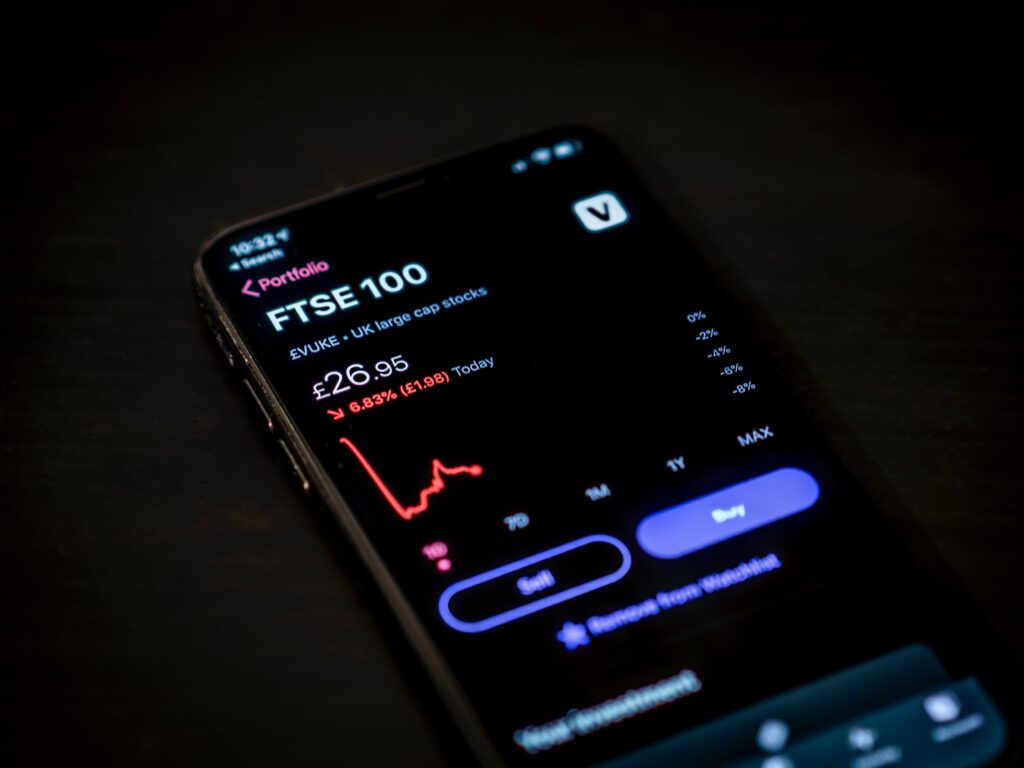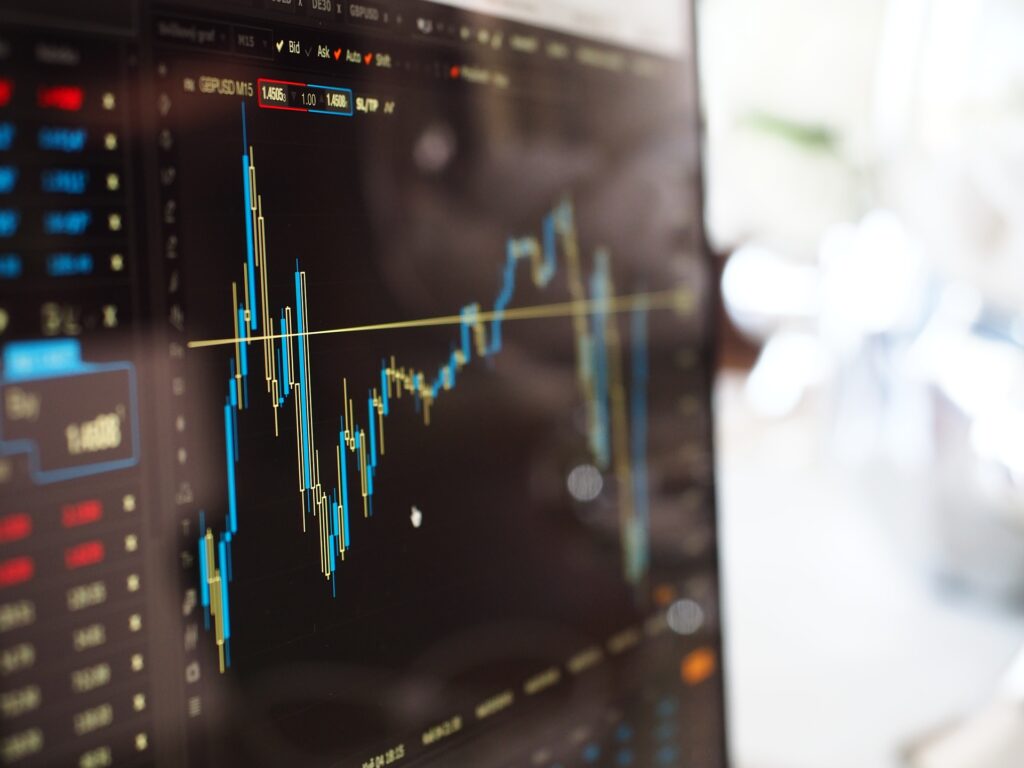
Since we already have tackled the basics, the to-dos, and whatnot, let us now delve into the different trading strategies which might fit your trading styles.
I might be reiterating this for quite a while now, but always do your due diligence when you are applying these concepts and strategies. Set your mind that anything could occur. You might be subject to losses, but as you do your part in researching, you are minimizing your risk exposure.
Without further ado, let’s get started!

1. What Is The Open Price Gaps Strategy
When you think of gaps, you might be thinking of space or clear area between two pieces of furniture, two cars, or even two teeth. You are correct by the way. But how do we define it in the financial world, or rather, in the trading world.
Gaps are areas on a chart where the price of a stock is highly different from the last traded price. It is the sharp move up or down of the stock price, usually with little or no trading in between. It happens when there’s a normal chart pattern, but one candlestick decided to deviate away from the normality. This kind of happenings is driven by different factors like a sudden increase in the volume of traders, the release of company disclosures, bad news like bankruptcy, and others. Gaps do not usually happen so when traders see an opportunity to profit, they would most likely enter a position.

What we will be focusing more on would be the Open Price Gaps Strategy, which is the sudden increase of the stock price above the previous day’s closing price. This is mostly driven by the market fundamentals during hours that the market is closed, and companies release their press releases and other disclosures. When companies announce their great earnings, an opening of another branch, a partnership with another big company, or dividend payouts, stock prices tend to go up on the following day. This makes traders or investors think that a company is valued more now that it entered new projects or partnerships. Remember in our Economics class, the law of supply and demand? Since there is more demand for the stock, the price tends to go upward.

However, since trading gaps do not happen often when you choose to do it, you must t execute utmost discipline. No matter how much you have researched and believed that the stock may gap up on the next day, always make sure you have set your cut-losses just in case the market doesn’t go with your analysis. Trading gaps are extremely risky especially when you are just starting. You might end up buying at the top instead of prices near the support, and will make you cut loss a bigger amount, or make you hold on to your trade longer than what you planned.
Want to learn more about cryptos? There’s a lot to learn. Learn cryptocurrency, blockchains, algorithmic trading, financial analysis, algorithmic trading, the stock market, and more in The Complete Python for Finance: Learn to Trade in 99 Days.

